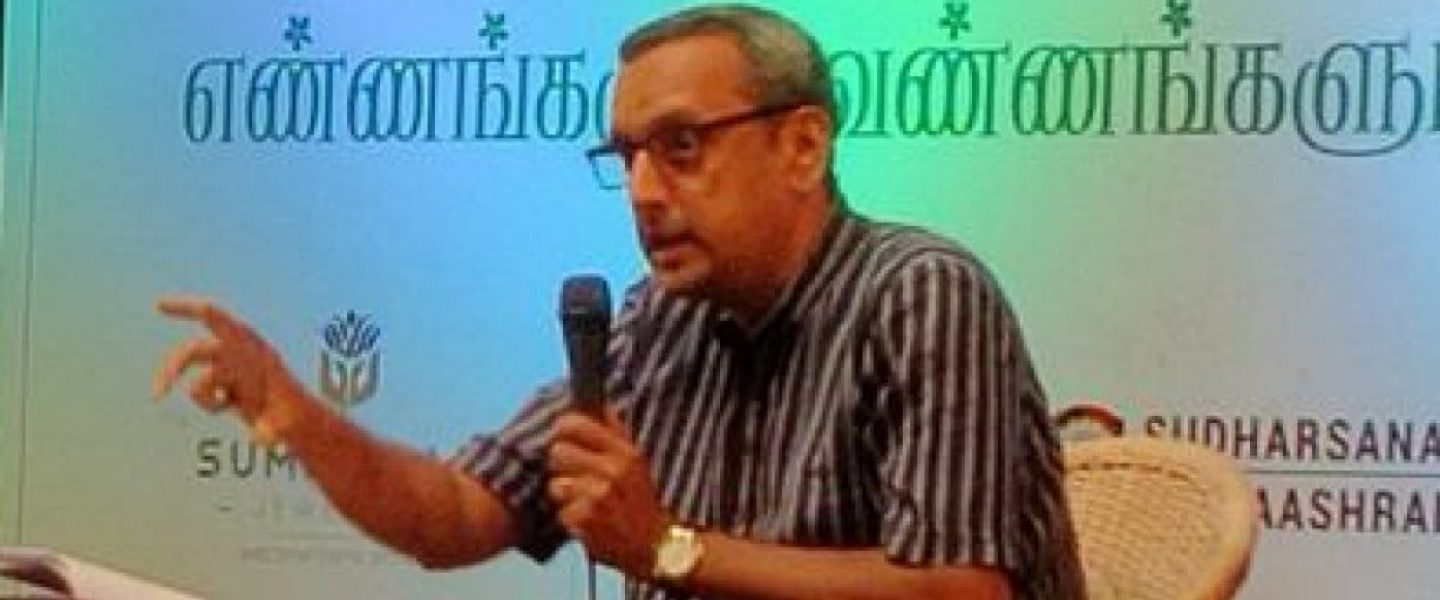War between nations displaces people and is a tragedy; when it happens within a country between two or more ethnic groups, tragedy quotient increases manifold. Sri Lanka’s ethnic strife is one such.
The fact that the Sri Lankan strife was initiated 40 long years ago by the government of the day and that it has taken until 2009 to conclude, adds to the monstrosity of the war. Can you call that ‘war’? Is that a genocide? Is that a holocaust? It is a mixture of all the three and the perpetrators of this civilizational destruction are also three – the SL govt. the militants and the international powers.
This book has four parts – The Terror, The North, The Faith, The End Games.
How, when and why the distrust began between the govt and the Tamil minority, how, when and why distrust developed and led to militancy,
how, when and why militancy turned into terrorism – all these aspects are dealt with in this well-written book.
The rivalry between Sinhalese and Tamils date back to the times of the Buddha, it seems. The need to maintain Sinhala rule, and for that the need to eliminate or subjugate the Tamils are often quoted by the Buddhist clergy from the Sinhala book ‘Mahavamsa’. And that lends a historical perspective to the strife. Kudos to the author for bringing this into the public domain.
When the SL govt is often seen to fail in its duty to protect its citizens irrespective of due to the latter’s ethnic affiliation, the book details
how the govt actually became the perpetrator of many of the crimes against its own people.
Not to be left behind, the militants, the LTTE under it demonic leader Prabhakaran, also indulge in some of the most horrific crimes against the very Tamil people in whose interest they were supposed to have taken up arms. The transformation of the militants from an extremist organization to a terrorist one happens when the LTTE indulges in internecine warfare to eliminate fellow militants from other rebel groups. Their transformation is complete when they begin killing moderate Tamil leaders and ordinary Tamil populace.
The book contains interviews with people who were affected by the govt, and the Tigers. At one point, it becomes difficult to understand who the actual tormentor of the innocent is?
The sketchy details of how child soldiers were recruited ( abducted?) by the Tigers, the gory descriptions of the sufferings of ordinary folks at the hands of the govt as well as the Tigers, the treatment the Tigers had given to the Muslims bring upon the reader a sense of utter helplessness and despair at where humanity is headed towards.
Beyond a point, as the killing gets so much repetitive and cruel that the victim’s names escape our mind. What happened during the final stages of the war, how the Tigers, due to Prabhakaran’s intransigence and an Indian Tamil politician’s ‘assurance’ of help ensured the annihilation of tens of thousands of innocent civilians thus resulting in a human tragedy of gargantuan proportions, is depicted in detail by Samanth Subramanian.
What happened after the Tigers were subdued, is also presented, replete with minute details.
Could the carnage have been stopped? Yes. Who could have stopped it? The Tigers. But they did not do so as the organization transformed itself into a ruthless killing machine acting as per the whims and fancies of the maniacal leader, Prabhakaran. He could have understood that the world had changed post 9/11 and that armed struggle was not going to win them friends anywhere.
If only wishes were horses…
An absorbing & disturbing read. Get it as soon as you can.

One thought on “This Divided Island – a review”